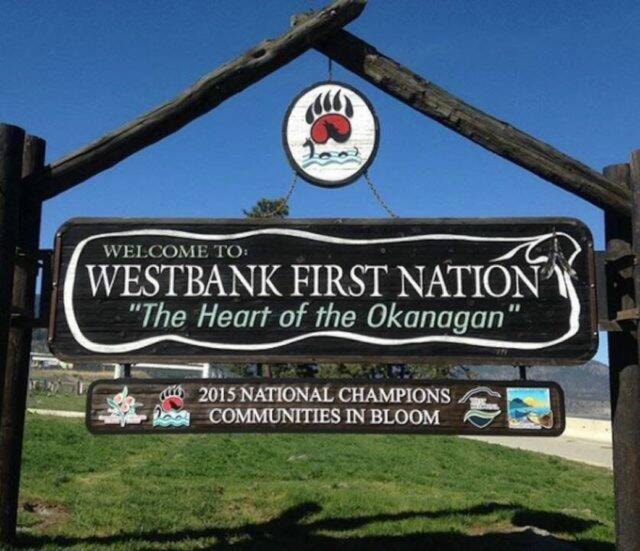The Westbank First Nation has taken a progressive approach to managing its forestry interests, based on traditional land management beliefs and principles adopted by past generations, which it hopes will set a standard for other tree harvest licensees.
Dave Gill, general manager of WFN forest tenure management for Ntityix Resources, said since it began working with the WFN in 2013, the Ntityix perspective on forest management has changed significantly as the Sylix environment preservation values are integrated into land-use practices.
Gill spoke about Ntityix’s change in forest management philosophy as a panel speaker at a virtual public forum hosted Wednesday (March 16) by the Okanagan Basin Water Board’s WaterWise program, an outreach and education initiative, in recognition of UN World Water Day on March 22.
Gill said WFN timber licence holdings have been divided into two categories: old forest zone, which is about 50 per cent of the WFN’s current forestry holdings, and forest management zone.
He described old forest zones as those centred around water, whether it be creeks, wetland riparian areas or lakes, that form what he called a “conductivity network” with the surrounding woods.
“But in today’s age that does not mean just putting a fence around an old-growth area and saying it is protected,” Gill noted.
He described old-growth zones as “sick forests,” overgrown areas that have not seen a fire in 100 years, thick with in-growth bush and surface fuels.
Rather than be left alone, they require wildfire mitigation efforts to reduce the fire hazard capability that can spread to neighbouring areas.
He cited the Mt. Law Fire in West Kelowna, which reflected the impact of fire mitigation dynamics.
“As that fire was being mopped up, you could see how in areas where we had done fire mitigation treatment, the fire damage was quite spotty. Ground cover had burned and some trees, but most of the forest had not been cremated and remained intact, while the private land that had not been treated burned ferociously,” he said.
For harvestable timber, Gill said land management techniques have incorporated smaller cutblock sizes and partial cutting at zone introduction points as opposed to the clear-cut concept.
He cited an example of a harvest area near Trepanier Bench in 2020, close to a watershed intake system and near a neighbourhood.
“We removed about 40 per cent of the trees from this area and left 60 per cent behind. That is a new perspective on harvesting timber for us,” Gill said.
“We are moving towards tailoring our harvest methods to fit with the ecosystems…as we learn more about climate change and the values of the community change, we are adapting our plans as well.
“This is not a plan we have devised that sits on a shelf and collects dust, never to be looked at again. This is a live plan and it always will be a live plan.
“We are moving forward one step at a time following Sylix principles in forest management, and hopefully with all other forest licensees working collaboratively we can all be moving forward in the right direction.”
READ MORE: Westbank First Nation wins community forestry award
